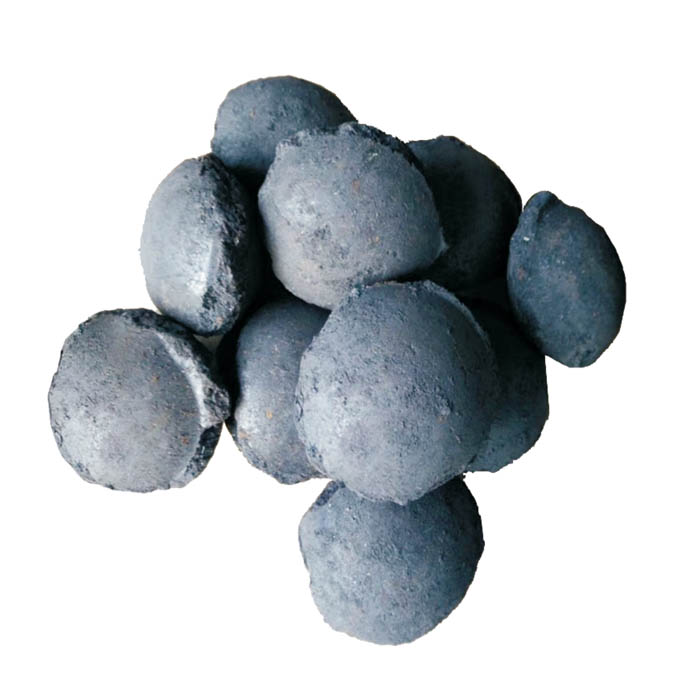Nov . 06, 2024 04:37 Back to list
heat pipe insulation material
Heat Pipe Insulation Materials Enhancing Efficiency and Performance
Heat pipes are highly efficient thermal conductivity devices that transfer heat through phase change and vapor movement. They are widely used in various applications, including electronics cooling, space technology, and HVAC systems. However, the performance of heat pipes can be significantly influenced by the insulation materials used. This article explores the importance of insulation materials for heat pipes and the factors that influence their selection.
Heat Pipe Insulation Materials Enhancing Efficiency and Performance
Several key factors influence the selection of insulation materials for heat pipes. The thermal conductivity of the insulation material is paramount; lower thermal conductivity values indicate better insulation properties. Common materials used for insulation include fiberglass, polyurethane foam, polystyrene, and aerogels. Each material has its thermal properties, cost-effectiveness, and suitability for specific applications. For instance, aerogels have extremely low thermal conductivity and are ideal for applications where space is constrained and weight savings are critical. However, their cost can be prohibitive for large-scale projects.
heat pipe insulation material

Another important factor is the operating temperature range of the heat pipe system. Insulation materials should be able to withstand the thermal environment they will encounter during use. Some materials may degrade or lose effectiveness at high temperatures, while others may become brittle at low temperatures. Therefore, understanding the thermal conditions and constraints is crucial for selecting the appropriate insulation material.
Moisture resistance is another key attribute of insulation materials. Heat pipes can be adversely affected by moisture intrusion, which can lead to corrosion and reduced thermal performance. Thus, insulation materials must possess adequate moisture resistance to ensure long-term reliability and performance. This is particularly important in applications such as HVAC and refrigeration, where condensation can lead to significant issues.
Fire resistance is also an essential consideration, especially in applications where heat pipes are used in buildings or industrial settings. Insulation materials should comply with fire safety standards to mitigate risks associated with fire hazards. Materials such as mineral wool or fire-retardant foams can provide necessary protection while ensuring efficient thermal performance.
In conclusion, the choice of insulation materials for heat pipes is vital to maximizing their efficiency and longevity. Factors such as thermal conductivity, operating temperature range, moisture resistance, and fire safety must be carefully evaluated when selecting the appropriate insulation. As technologies advance and the demand for energy efficiency continues to grow, the development of new insulation materials tailored for heat pipes will play a crucial role in enhancing performance across various applications. The right choice in insulation not only improves the functionality of heat pipes but also contributes to overall energy savings and sustainability in thermal management systems.
-
Eco-Friendly Granule Covering Agent | Dust & Caking Control
NewsAug.06,2025
-
Fe-C Composite Pellets for BOF: High-Efficiency & Cost-Saving
NewsAug.05,2025
-
Premium Tundish Covering Agents Exporters | High Purity
NewsAug.04,2025
-
Fe-C Composite Pellets for BOF | Efficient & Economical
NewsAug.03,2025
-
Top Tundish Covering Agent Exporters | Premium Quality Solutions
NewsAug.02,2025
-
First Bauxite Exporters | AI-Optimized Supply
NewsAug.01,2025
